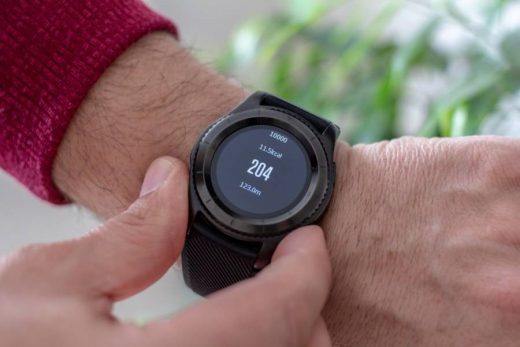Top 10 Methods How IoT Enhances the Healthcare Sector
Top 10 Methods How IoT Enhances the Healthcare Sector
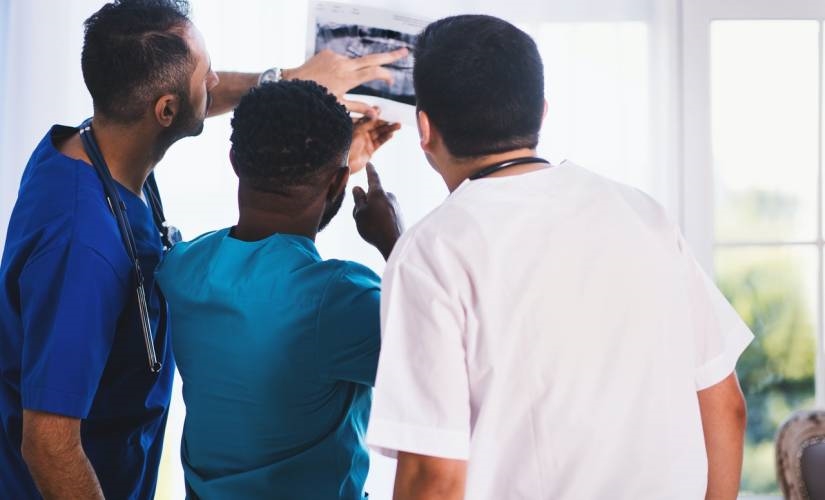
Given the post-Covid challenges the healthcare industry is expected to face, is Healthcare IoT, also known as the Internet of Medical Things (IoMT), the best way ahead?
The healthcare industry has been in focus for the last two years due to the challenges posed by Covid-19.
The last two years have had the healthcare industry in share focus. From diagnosing the Coronavirus to researching and producing vaccines, technology is playing an essential role in controlling and preventing the pandemic from escalating.
One of the technologies that are at the forefront of the fight against the pandemic is IoT. It helps keep doctors and medical personnel safe while monitoring and treating Covid-19 patients remotely, without fearing contamination and getting infected with the virus.
The role of IoT is not just limited to remote monitoring and diagnosis of a patient. It also covers other aspects of healthcare, such as managing virtual hospital wards, ensuring diabetic patients take their insulin dosages on time, and preventing heart attacks to a certain extent.
Smart devices powered by IoT are also helping people with disabilities lead a better quality of life thanks to real-time sensors fitted in their equipment.
As internet and cloud technologies further develop, IoT will also play a more significant role in patient healthcare, research, development of medicines, and better management of health care facilities.
But, before we begin understanding the role of IoT in the health care sector, let us take a minute to understand what IoT really is and how it actually works.
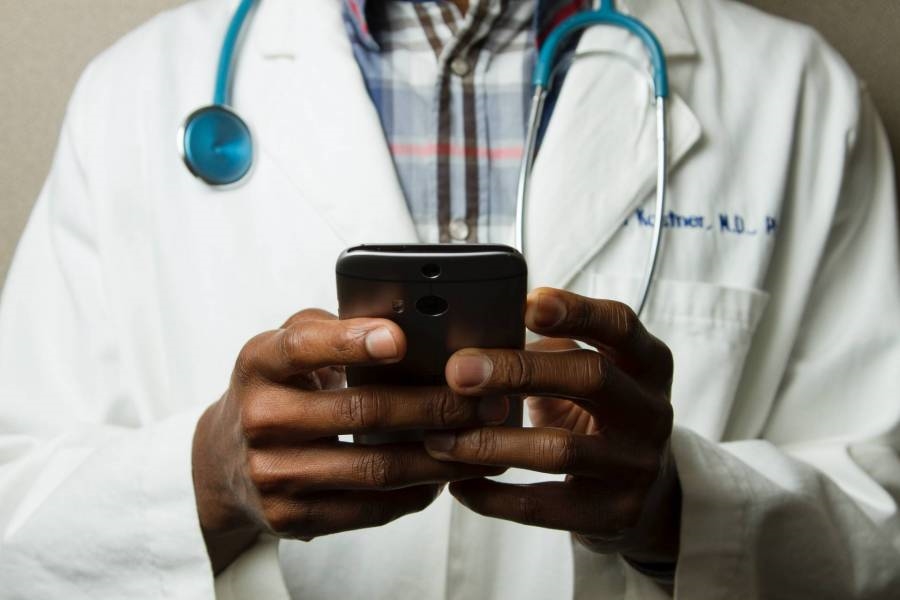
What is IoT
Suppose one were to understand IoT in simple layman’s terms. In that case, IoT can be described as internet-enabled devices or things as they are referred to that have in-built sensors and programs that are capable of collecting and analyzing information and sharing it with other devices or programs using the internet as a medium of communication.
The IoT-enabled devices can transfer the data they collect in real-time to other networks, which can even be across the world. However, what makes them highly important and valuable, is the fact that these devices can range from simple household appliances to crucial parts in space ships.
These devices can also be programmed to operate independently, with minimal human intervention required.
The growth of IoT can be linked to low-cost computing, the cloud, easy availability of smart devices, and the presence of internet connectivity almost everywhere.
Apart from health care, IoT is used in almost every industry from automobiles to space ships and even agriculture, where it’s used to send real-time data about soil and moisture conditions.
The Role of IoT in the Healthcare Sector
While the pandemic is a recent example of the role IoT can play in healthcare, there are many other instances of how it enhances the healthcare sector. We take a look at some of the areas, IoT is already making an impact and how it is helping improve the quality of life.
1. Virtual Hospitals / Wards
Isolation has been the key to controlling the epidemic and preventing its spread. That has been majorly possible through the setup of virtual hospitals, sometimes even within a patient’s home.
In Australia, for example, just 51 of 475 Covid-positive patients needed to be treated at a brick n mortar hospital, while the rest were treated virtually at home.
Smart and connected IoT-based wearables have made this transformation possible.
Oxygen measuring devices and other devices, designed to measure body temperature, send their data to doctors at a monitoring station, who monitor all vital parameters and prescribe treatments accordingly.
Countries like the UK and UAE are implementing IoT-based medical systems to virtually treat more patients and reduce the burden on traditional hospitals while making healthcare easier to access.
As countries start adopting new health care technologies to be better prepared to handle future pandemics, IoT will see an increased acceptance and usage in many healthcare-related areas.
2. Automated Insulin Delivery Systems
When it comes to diabetes, constant monitoring of the blood glucose levels and timely dosage of insulin is the key to preventing and reducing health complications related to diabetes.
It is now possible through IoT-enabled devices that monitor the blood glucose levels and determine the exact amount of insulin dosage required based on current blood sugar levels.
The Automated Insulin Delivery (AID) Systems deliver the required insulin dosage to the body, even when the person is asleep, without any manual or external intervention required.
Due to these AID systems, patients with diabetes and requiring regular insulin injections do not need to depend on others for their regular insulin doses.
The AID systems also ensure that the patients take their insulin dosages regularly and at the time prescribed, thereby ensuring that there is no sudden spike or low in their blood sugar levels.
With more than 8.5% people of the world’s population being affected by diabetes, as per WHO, these AID systems are the perfect solution to prevent further health complications among them.
3. Wearable Biosensors
Wearable biosensors are no longer the realm of science fiction.
IoT-based biosensors have made it possible for physicians to monitor their patients’ vital parameters even outside a hospital environment. It has helped reduce doctors’ time to conduct routine physical tests and prepare their reports.
Designed to be lightweight and easy to wear, they are used to discreetly and comfortably monitor the heart rate, temperature, etc., as people perform their daily routines.
The data collected by the biosensors is further analyzed to determine a patient’s health over different activity levels and identify the cause for changes in their health parameters. It can help prevent the outbreak of sudden health complications among patients.
The need for periodic health visits can also be reduced through biosensors, helping save both time and money in the long run.
4. Remote Treatments
Thanks to the development in communication technologies and the internet, patient data can be uploaded and accessed quickly anywhere in the world, making remote diagnosis and treatment possible and easy.
IoT devices help doctors access real-time reports and health parameters to take preventive and corrective action if needed, without any delay.
AI and algorithms analyze the data and generate alerts if the health parameters are not within the normal range. In case of emergencies, we can program the IoT devices to contact the closest emergency healthcare providers for timely care and hospitalization if required.
Remote treatments are possible not just for chronic or fatal diseases but also for common ailments, eye care, and surgery.
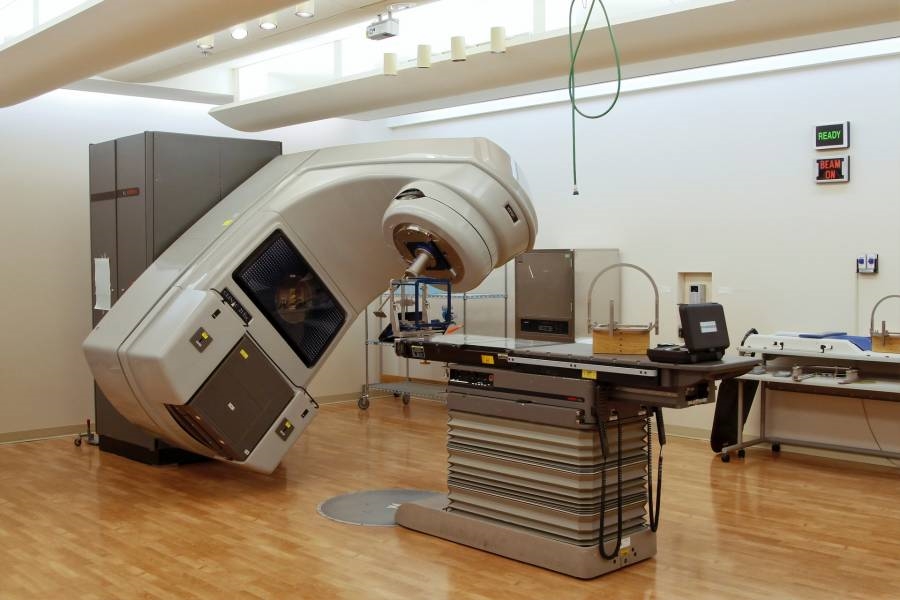
5. Maintenance of Health Care Equipment
Not just patients, but IoT can also help diagnose problems in medical equipment and take corrective measures if required.
Medical devices are programmed to work within set parameters and report any deviations or fluctuations in the results. For example, a significant deviation from the recommended values could initiate an automatic diagnosis of the equipment. The results would be sent to the equipment manufacturer and technicians for further action.
Automatic updates and maintenance schedules can be built within the systems to prevent malfunctioning or damage to sensitive parts.
Health care equipment manufacturers can also use IoT devices to monitor the correct usage of high-end medical equipment and ensure that they are being used as per the guidelines to prevent any breakdowns.
6. Robotics
Complex surgeries can be managed much better with IoT-enabled micro-robots placed inside the human body, especially in areas where it is challenging to operate with the human hand.
With fewer incisions required to perform such surgeries, the healing process is also better. In addition, the IoT-enabled microrobots can also share patient data in real-time from within the body to enable surgeons to make quicker and more responsive decisions.
Another area that IoT-enabled robots are deployed in patients is to take care of routine tasks, such as medication delivery and measuring health parameters such as temperature, blood pressure, etc.
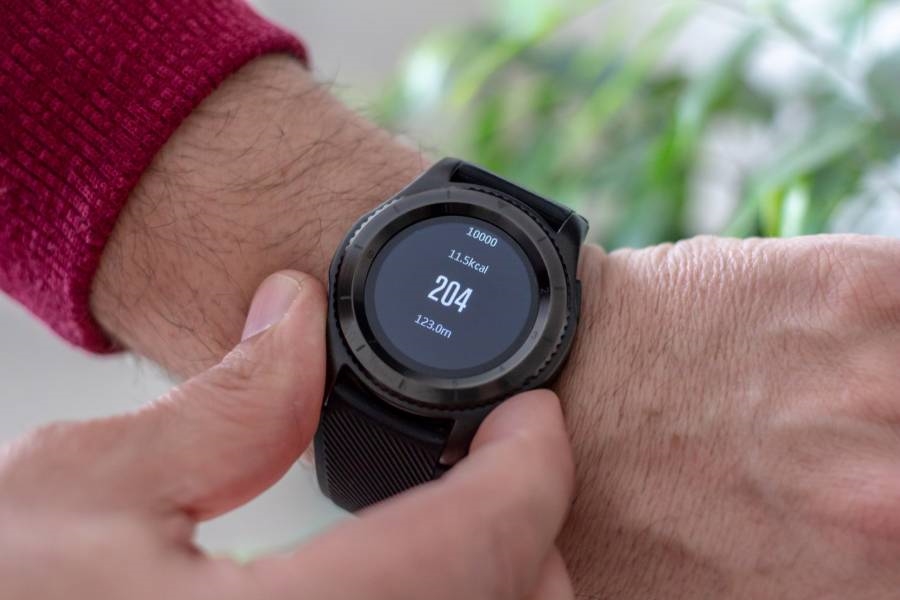
7. Heart Rate Monitoring
While biosensors measure a body’s vital parameters such as temperature, blood pressure, etc., there is also a need to monitor the heart rate continuously in patients with heart-related problems to ensure timely action in case of unexpected symptoms or heart-related complications.
Periodic cardiology tests are not an accurate indicator of future rapid fluctuations in heart rates. Moreover, to accurately measure heart rates, patients need to be connected to wired machines which hamper their mobility and is also inconvenient.
IoT-enabled devices such as smartwatches and wearables are a step in the right direction towards monitoring vital heart rate parameters and sounding an alarm over irregularities. While they may not be 100% accurate, at the moment, the technology is evolving with more features such as ECG recording, etc.
By constantly monitoring the heart parameters, medical practitioners can also ensure that their patients follow the prescribed treatment routines and are not over-exerting themselves.
8. Data Analysis
One of the key requirements in critical health care is real-time data on a patient’s symptoms and health condition. Unfortunately, traditional diagnostic machines take time to capture, analyze and share the data.
IoT devices, on the other hand, have sensors that can capture and share data immediately. That helps doctors make a quicker analysis and even confer with other specialists on the mode of treatment required.
Further, most of the devices are AI and Machine Learning enabled. That enables them to present a faster and more accurate diagnosis of the patient’s symptoms and test results.
Some IoT-enabled devices can also prescribe the next course of treatment based on analysis of the data collected. Apart from treatments, the data collected from patients can also be analyzed to understand the health complications better and identify the causes for the same.
9. Research
Data collection and analysis is one of the objectives of IoT-enabled devices and equipment. They are also of immense assistance when it comes to researching medical applications and technologies.
The data collected by IoT-enabled devices can help researchers in the studies of various diseases and preventive medicine. For example, real-time data shared by IoT devices can be used to stop the spread of a disease before it becomes a pandemic.
IoT-enabled devices can also collect vital health care data and use data-driven insights to speed up research activities, reduce errors, and help make better decisions. They can also play a crucial role in research labs in helping reduce research costs through the faster and better collection of patient data.
10. Healthcare Management
IoT is a crucial factor when it comes to providing quality healthcare and healthcare management.
As hospitals increasingly adopt the latest technologies and equipment, there is an increasing need to ensure all of them work smoothly together to provide better health services.
Facilitation and easy accessibility to all the data collected from patients with different healthcare departments, physicians, and specialists is one of the factors for installing IoT-enabled technologies in hospitals.
Many healthcare organizations see IoT playing a significant role in helping them with monitoring and maintenance of equipment and other healthcare facilities. In addition, managing and operating healthcare equipment remotely are also one of the areas where IoT is considered very effective.
IoT-enabled technologies play an important role in helping hospitals manage a perfect environment given the various factors such as temperature, humidity, air circulation, oxygen levels, etc., that need to be monitored and maintained constantly.
IoT is Transforming the Healthcare Industry.
IoT is transforming the way industries work both within themselves and with other organizations. However, the field they are making the maximum impact in is healthcare, where they play a significant role in saving people’s lives and ensuring they get the best medical treatment on time.
The wide acceptance and usage of IoT in the healthcare industry and its varied applications show IoT’s significant role in transforming healthcare. Apart from IoT, another important development in the field of healthcare is the use of virtual medical assistants.
Technologies such as remote treatments, virtual hospitals, and virtual medical assistants are making health care more accessible, while biosensors and heart rate monitors are helping in making critical patient data accessible on a real-time basis. That helps in quicker diagnosis and better treatment.
As technologies develop and internet access grows even in the remotest regions, one is bound to see further innovations and developments in IoT technologies, specifically for the health care sector, making it more affordable and accessible for all.
Article Image Credits: Provided by the author; unsplash; thank you!
Top Image Credit: evg culture; pexels; thank you!
The post Top 10 Methods How IoT Enhances the Healthcare Sector appeared first on ReadWrite.
(26)

